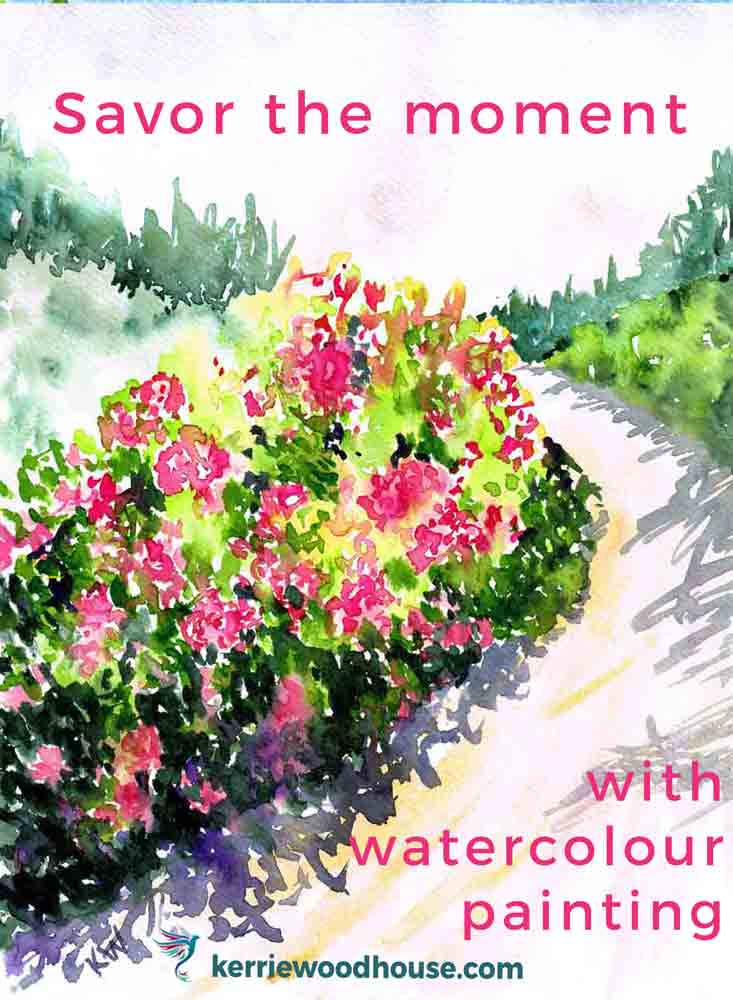Painting Hydrangeas in Watercolor (and a story about why we paint)
I have been painting hydrangeas in watercolor, this month. It has been a while since I have painted these beautiful flowers and that reminded me of a story which makes me think about why we paint …
How to Savour Your Way to Greater Happiness
We all take so very many photos these days. But what do you actually do with them all?
Here is a suggestion for that and a way to improve your overall happiness. Find out how to savour the moment, and why you might want to.
Good Reasons To Paint (why painting makes you happier 😃)
If you’ve ever wondered if painting is an indulgent waste of time, let me assure you that painting is a great hobby for very many good reasons, and none of these depend on artistic skill.
In fact I have come to realise that painting can make you happier even if you don’t get as far as actually doing the painting part.
No really, let me explain.
Loose Watercolour Poppies - Youtube Demos and Tips for Beginners
Watercolour poppies are a wonderful painting subject for beginners (and the more experienced!)
Here are some youtube demos of watercolour poppy paintings and tips for beginners which are sure to inspire the loose watercolour artist in you.
How to Paint Brusho Flowers - step by step ink and wash
Want to follow along while I paint Brusho flowers? I’m use ink and wash with Brusho adding the vibrant watercolour splash.
Here’s some step by step instructions…
Fun watercolor technique - use plastic wrap to paint flowers (+ make negative painting easier)
If you are looking for a fun watercolor technique to jazz up your flower painting, this one uses a supply you probably already have in your kitchen - plastic wrap!
Here’s some step by step instructions…
How to escape your troubles
This month I have been painting Hot Air Balloons - one of my absolute favourite things to paint.
See the whole series and find out more here…
Fascinating facts you didn't know about elephants
Did you know that elephants purr? Yes, a bit like a cat!
This is just one of the many fascinating facts I learned about elephants - my painting subject for this month’s series. They are such magnificent creatures you can’t really help being curious, can you?
What to do when you long for spring
What should you do when you long for spring? Try these suggestions to bring joyful spring colour into your day no matter what time of year it happens to be




















